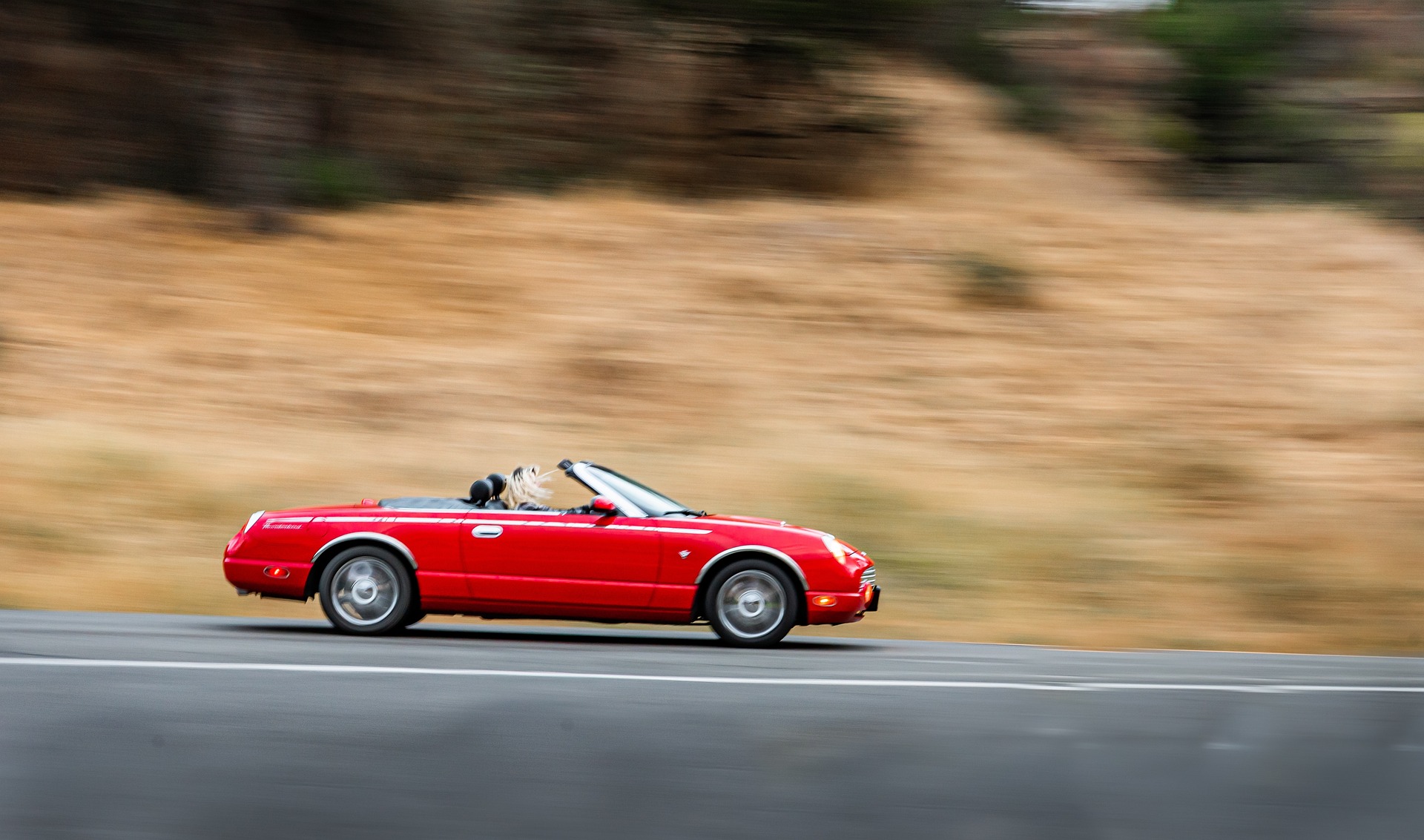"The Dawn of Motion Control Technology: A Leap Into the Future"
Introduction: Step into a world where gestures replace remotes, and movement becomes the new language of technology. Welcome to the dawn of motion control technology, where the future is literally within your grasp. Let's dive in and explore the ins and outs of this exciting tech innovation.

The Genesis of Motion Control
The concept of controlling devices or systems through human movement isn’t new. The earliest iteration can be traced back to the 1980s with the advent of the Power Glove, a controller for the Nintendo Entertainment System. It was an ambitious step into the realm of motion control, albeit an unsuccessful one due to its lack of precision and high price tag. But the seed was planted, and the tech world saw the potential of harnessing human motion for interacting with digital environments.
The Rise of Modern Motion Control
Fast forward to the 21st century, motion control technology leaped ahead with the introduction of Nintendo’s Wii console in 2006. The Wii Remote, with its motion-sensing capability, brought a new level of immersion to gaming. This was followed by Microsoft’s Kinect for the Xbox 360, a device that used an infrared sensor to track the user’s movements without the need for a handheld controller. It was a significant leap in the evolution of motion control technology.
The Present Scenario
In today’s market, motion control technology has broadened its horizons beyond gaming. From the operating rooms where surgeons use gesture-based controls to manipulate medical images during operations, to interactive displays in public spaces, motion control is becoming a part of our everyday lives. The technology is getting refined and more precise, making it more practical and user-friendly for various applications.
One notable player in this field is Leap Motion. Their device, the Leap Motion Controller, uses infrared cameras and highly complex algorithms to track hand and finger movements with high precision. It offers an unprecedented level of control and opens up an array of possibilities for developers and consumers alike.
The Market Impact and Pricing
The market for motion control technology is projected to reach $22.84 billion by 2027, according to a report by Grand View Research. This growth is driven by its increasing application in industries like healthcare, entertainment, and consumer electronics.
In terms of pricing, there’s a wide range. For instance, a Leap Motion Controller costs around $89, making it a relatively affordable entry point for consumers. On the other hand, more industrial-grade systems used in surgery or robotics can cost several thousands of dollars.
The Future of Motion Control
While the path of motion control technology has been marked by hits and misses, its future looks promising. With the rise of virtual and augmented reality, the need for more natural and intuitive forms of interaction is more crucial than ever. The tech world is buzzing with talk of haptic feedback, where users can “feel” virtual objects, adding another layer of realism to the virtual experience.
In conclusion, motion control technology is changing the way we interact with the digital world. It’s not just about pushing buttons anymore - it’s about gesturing, pointing, and moving. It’s about making the digital world feel a little more human. And as this technology continues to evolve and improve, who knows what possibilities lie just around the corner?






